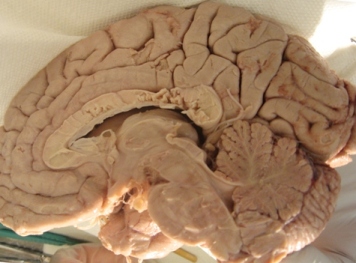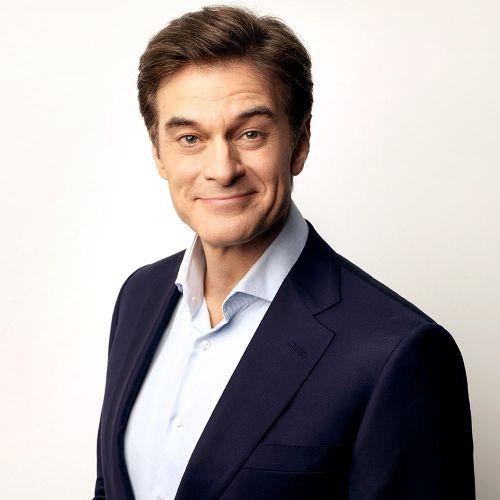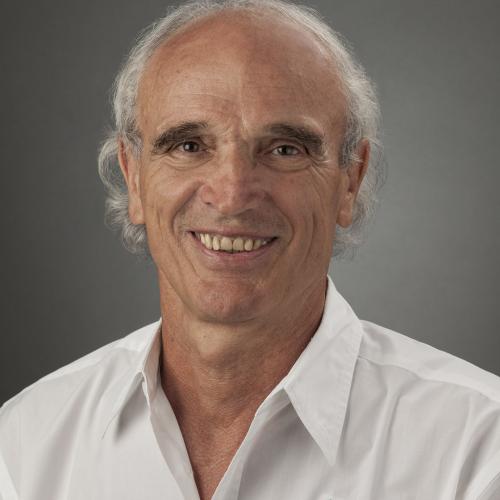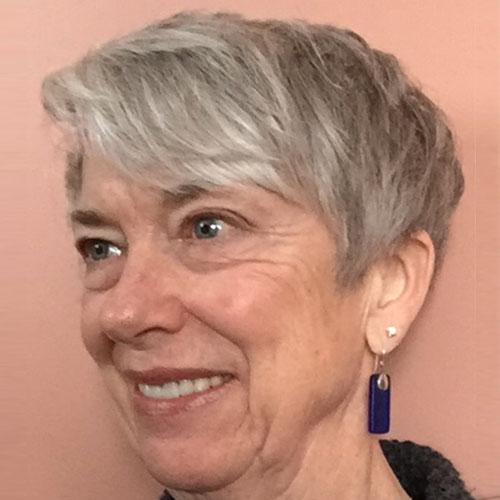This advanced-level curriculum takes us to the next realm of manual therapy. It explores the brain, spinal cord, and related pathologies such as closed-head injuries, whiplash, headaches, dyslexia, cerebral palsy, cognitive behavioral dysfunctions, learning disabilities, ADD/ADHD, Parkinson's, and Alzheimer's disease. Students will learn specific techniques to release brain-centered restrictions as well as the damaging effects that these restrictions cause.
These are advanced classes that use a slightly different paradigm by working extensively with the brain parenchyma, grey and white matter, cranial and spinal nerves, and vascular structures rather than mainly on cranial bones and membranes.
To efficiently work on the brain and spinal cord we need to address all the following structures:
1- Bones (intra- and inter-osseous lesions)
2- Membranes of the cerebrum, cerebellum, spinal cord, all the way to the filum terminale internum and externum (sacrococcygeal junction).
3- Parenchyma: cortical, subcortical, and white matter lesions (commissures, association fibers, and projections fibers)
4- Three levels of cerebrospinal fluid: intraventricular, parenchymal, and subarachnoid spaces with the cisternae.
5- Brain vasculature: veins, arteries, and lymphatics
6- Peripheral nervous system: somatic and autonomic nerves
Cells, neurotransmitters, and other smaller lesions may also need to be addressed.
The body often aligns itself around these precise structures and they are frequently unaddressed key/dominant tissue restrictions.
It takes many classes to be able to address all these structures, but even the very first level of this curriculum may help you to improve your clinical results.
This work requires perceptual skills to address tissue microstructures, and we will have specific exercises in the class to help heighten these skills. This class will propose different ways to release these structures. Once learned, you will understand how these brain and spinal cord structures are very important components of somatic dysfunctions. In clinical practice, they are often overlooked key lesions for the body.
For that reason, the techniques you will learn in this class can probably help most of your patients, but it will specifically help any brain and spinal related pathologies including closed head injury, whiplash, headaches, dyslexia, cerebral palsy, cognitive behavioral dysfunctions, learning disabilities, ADD/ADHD, post-meningitis syndrome, dementia, post-polio syndromes, birth difficulties or trauma, feeding difficulties, etc.
“I know that the normal brain lives thinks, and moves within its own specific membranous articular mechanism.”
- Sutherland WG, "The Cranial Bowl", Free Press, First Edition, 1939, reprint 1994, pp 51.






